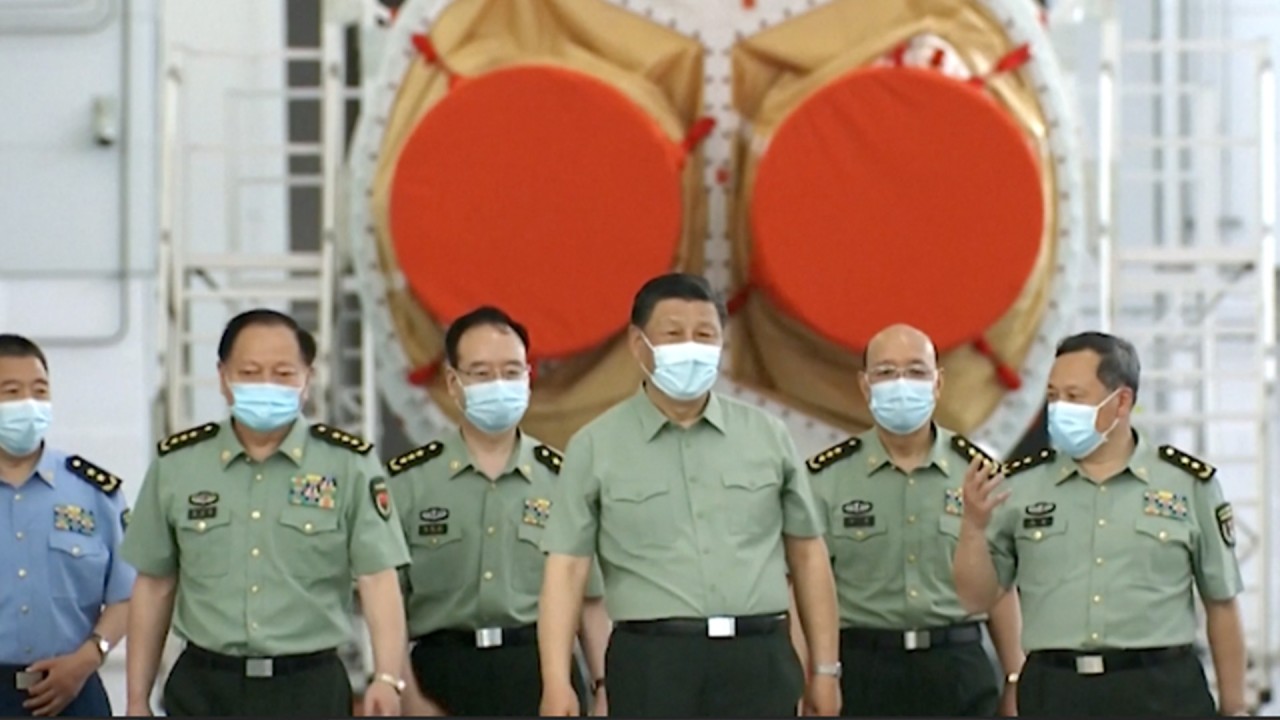
Why China’s ambitions in space should not be underestimated
- While China was excluded from the International Space Station, it is building its own, has constructed the world’s largest radio telescope and expects to launch a powerful space telescope next year
- Its accomplishments will benefit science in general and remind the US not to be complacent
For a decade, the US has relied on Russia to ferry its astronauts back and forth from space. The US module depends on the Russian wing to make necessary course corrections. In 2020, the oxygen-supply system in the Russian module failed, but it was supported by oxygen generation from the US side.
In addition to spacewalks and other scientific activities, the astronauts will oversee two important additions to the 16.5-metre-long core Tianhe cylinder, which currently houses the crew. By the end of the year, the space station will be built out to assume a T-shape with two new modules, one of which is an additional crew chamber. When finished, the enlarged habitable platform will be about one-fifth the size of the International Space Station.
In December, the Shenzhou 15, similarly staffed with a crew of three, is expected to lift off for its journey to the space station. If all goes well, the Tiangong space station will be home to six astronauts as the departing crew will remain on board to welcome the new arrivals.
The Shenzhou 15 and the Long March 2F rocket are already on standby, in case of an emergency on the current mission.
China’s perseverance in catching up with US accomplishments extends beyond manned space flight, which understandably gets the most media attention, to various remote missions and telescope projects.
China expects to launch the Xuntian space telescope into the Earth’s orbit at the end of next year, matching the size and acuity of the legendary Hubble Space Telescope launched by Nasa 32 years ago. The new optical telescope will be able to take in about 300 times as much sky as Hubble and to survey about 40 per cent of the sky with its 2.5 billion pixel camera.
It will collect information in visible and ultraviolet light and is capable of star mapping, studying black holes and detecting distant exoplanets and fast-moving near-Earth objects such as wayward comets and asteroids. It is designed to co-orbit Earth and dock with the Tiangong space station.
China is having another stellar year in space, which is good news for the march of science everywhere, and a not-so-subtle reminder to reigning space champ, the US, that it can’t take being No 1 for granted, but it must invest and strive to stay ahead.
Philip J. Cunningham has been a regular visitor to China since 1983, working as a tour guide, TV producer, freelance writer, independent scholar and teacher




